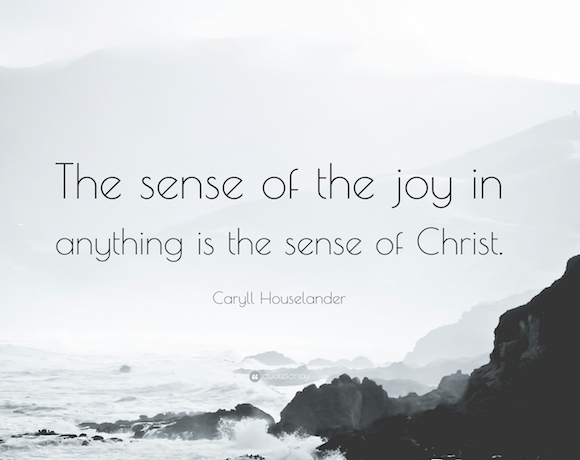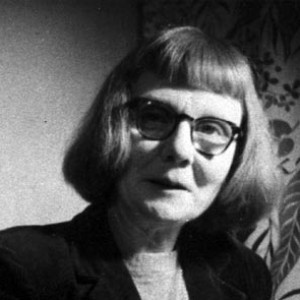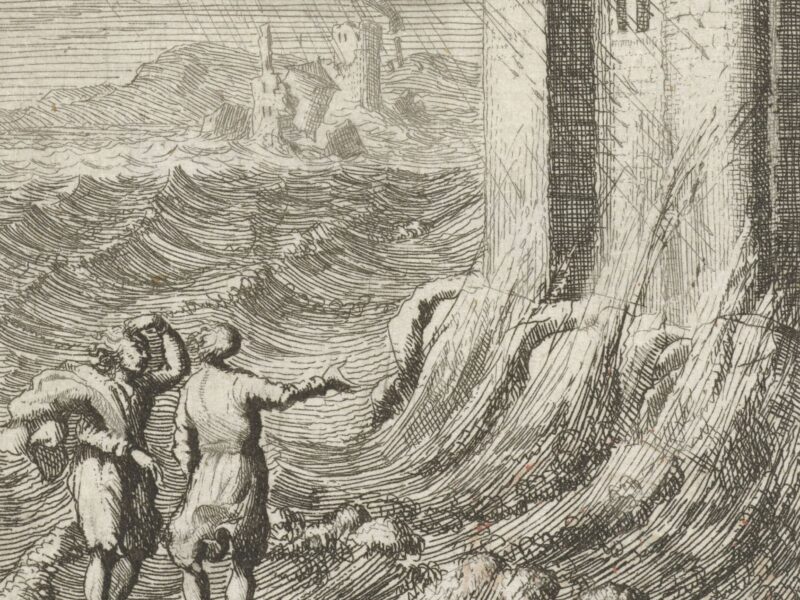
Praying with Caryll Houselander in Lent
 Caryll Houselander was born in Bath on the Feast of St Michael the Archangel, 1901. Entering the Church at 7 years old, (hence calling herself ‘a rocking horse catholic’ in distinction to a ‘cradle catholic’), she became a writer, a poet, a mystic and a counsellor to many, particularly children, at the height of the blitz.
Caryll Houselander was born in Bath on the Feast of St Michael the Archangel, 1901. Entering the Church at 7 years old, (hence calling herself ‘a rocking horse catholic’ in distinction to a ‘cradle catholic’), she became a writer, a poet, a mystic and a counsellor to many, particularly children, at the height of the blitz.
Transfigured by the healing grace of Christ, Caryll’s life was marked by a profound mental suffering, but this itself became the source of healing and consolation for the many people who met with her, wrote to her and prayed with her. This is the key to understanding Caryll Houselander: that in her in own passion she encountered the passion of Christ. But there is a deeper truth still more profound, that our unity with Christ is so deep that he is living his life in and through us, even now. And in his life, in our meeting him in his passion and resurrection, we find not only the healing for our own passion, but crucially our own resurrection and our life.

Christ living in every soul
At the tender age of 10, Caryll Houselander, was graced with a vision that was to become the lens through which she would look upon all those she met. She writes,
One day I was passing the boot-room; the door was open and the Bavarian nun was sitting alone, cleaning shoes. I can see her now – a tall, gaunt woman with brilliantly red cheeks and eyes so dark that they looked black. I stopped and went in, intending to help her polish the shoes. It was only then that I saw that she was weeping; tears were running down her rosy cheeks and falling into the child’s shoes. I was afraid to look up, until at last, with an effort, I raised by head, and then – I saw – the nun was crowed with the crown of thorns. I stood for – I suppose a few seconds, dumbfounded, and then, finding my tongue, I said to her, “I would not cry, if I was wearing the crown of thorns like you are.
Houselander’s grace was to see that sorrow of this young sister, her sense of rejection in being a young German in a worn-town Britain, her shame at the actions of her countrymen, were truly the sufferings of Christ. She saw that the Incarnate Word was making his own life present in that small boot-room; that her every sorrow was truly the sorrow of Christ, being lived and experienced even now. The young nun is wearing the crown of Christ. But there is more: Houselander, somewhat startlingly, writes that she told the young nun that she would not be crying if she herself was wearing that same crown. Why? Because Houselander also knew that if Christ is truly sharing his own passion with us, then we cannot be alone. There is nothing in our life, in our experience, in our hearts, which Christ does not share. And to be with Him is heaven itself. “The realisation of our oneness in Christ,” Houselander says, “is the only cure for human loneliness. It is the only ultimate meaning of life.”
At Mass on Ash Wednesday, we heard from the prophet Joel ‘Even now, says the LORD, return to me with all your heart, with fasting, with weeping, and with mourning.’ (2.12) The call to return to the Lord is the invitation to return with the scattered fragments of our hearts. To look at those places where we have divided ourselves and sold ourselves out for a lesser love. Jesus invites us to allow him to claim back our hearts for him; to allow him to bestow integrity and grace upon us. Here we begin to see that even now Christ is living his life is us and we are living our life in him.
If He lives in us, He does so in order to motivate our lives and actions by His own love of His Father and His fellow men. In some He is momentarily transfigured, and afterwards it is certain that they will experience His desolation on the Cross. In some He lives a life approximating to His excited life in Egypt, in some His life as a worker, a preacher, a healer; in some He is homeless, in some He is in prison. In some He is stripped of His garments; in some He is nailed to the Cross; in some, those in mortal sin, He is dead waiting for the resurrection; and in some He is risen from the dead. If all in whom Christ lives, surrendered themselves to Him, resting in Him, that He might rest in them, in each one of them redemption would begin as it began in Mary, the Mother of God. Christ is formed in us, and we are formed into Christ, when we rest in Him and He rests in us.


